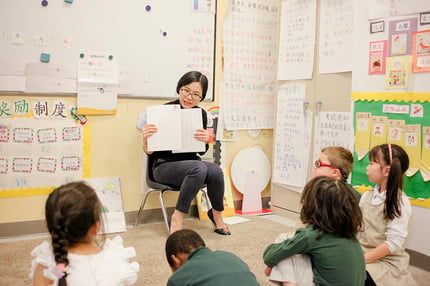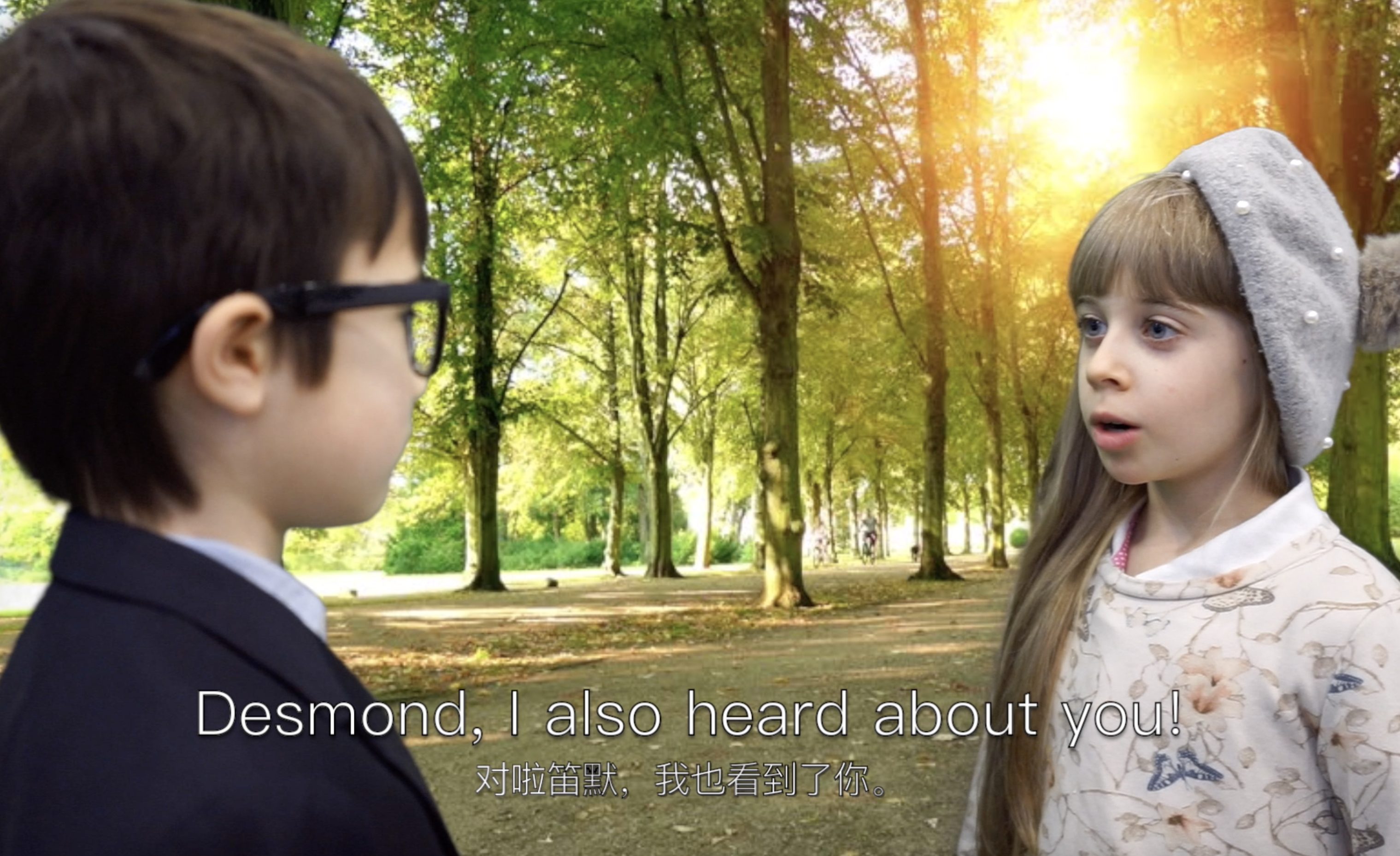 In a 2008 study, Peter Blatchford of University College London determined that small class sizes not only encouraged positive student behavior, but raised test scores and increased student engagement.
In a 2008 study, Peter Blatchford of University College London determined that small class sizes not only encouraged positive student behavior, but raised test scores and increased student engagement.
Small classes are also more conducive to children's social development, making it easier for them to get to know one another, so they are less likely to break off into cliques defined by perceived differences or superiorities to their peers. Membership in a tighter-knit cohort refines social skills and fosters a sense of community and tolerance.
Our small class sizes are optimal for our project-based learning units, in which students work together to think broadly and deeply about essential questions and enduring understandings.
We also employ small flexible groupings, whereby students are grouped by skill level in a given subject, with peers both older and younger, so that those performing above their grade level in a given subject area will study alongside students who are performing at the same level in language arts, facilitating a faster progression in their studies.
Fewer students per teacher also means teachers have more opportunities to positively and thoughtfully encourage their students’ individual development.
-5.png?width=251&height=52&name=HWIS%20Logo%20Green_Gold%20Transparent%20Background%20(3)-5.png)





